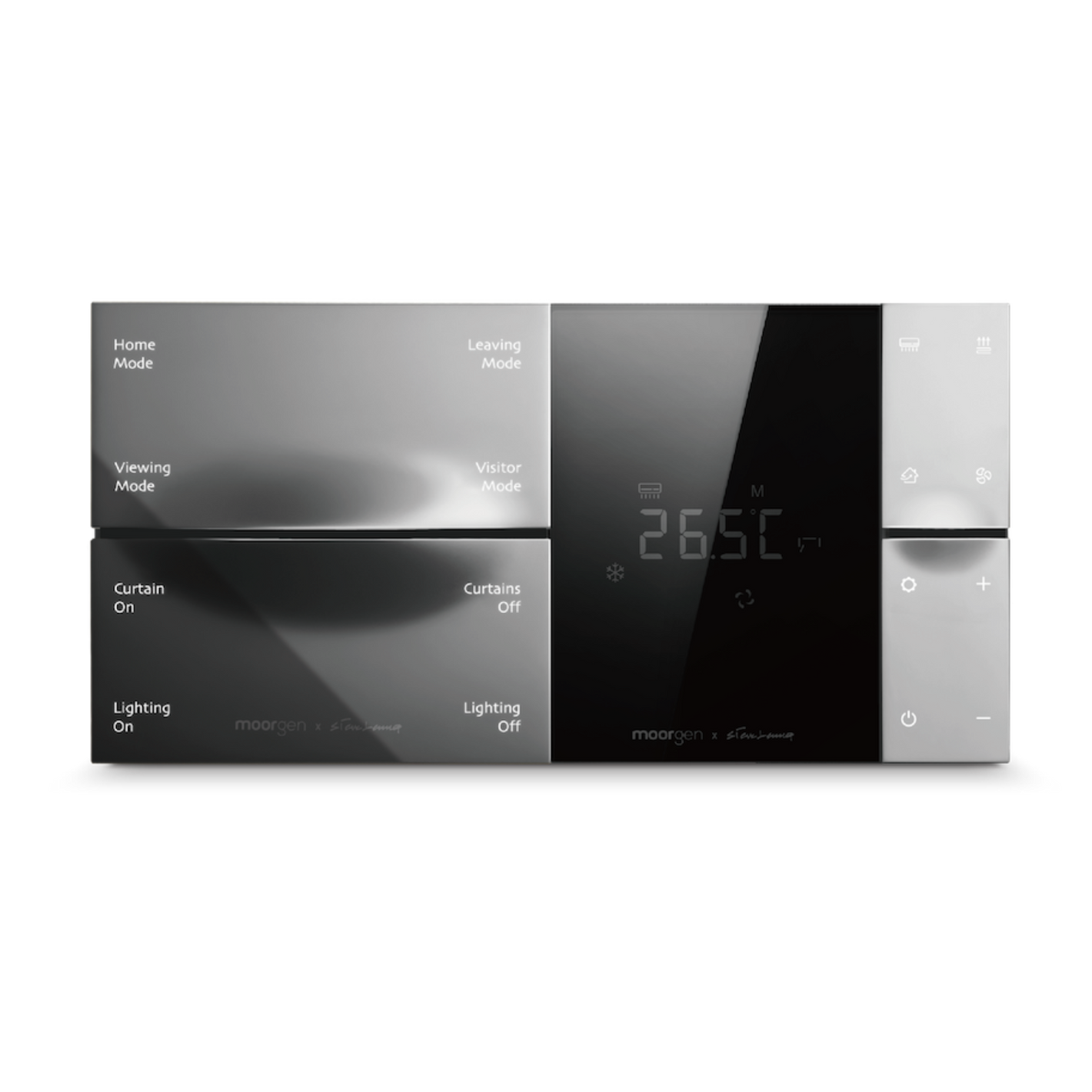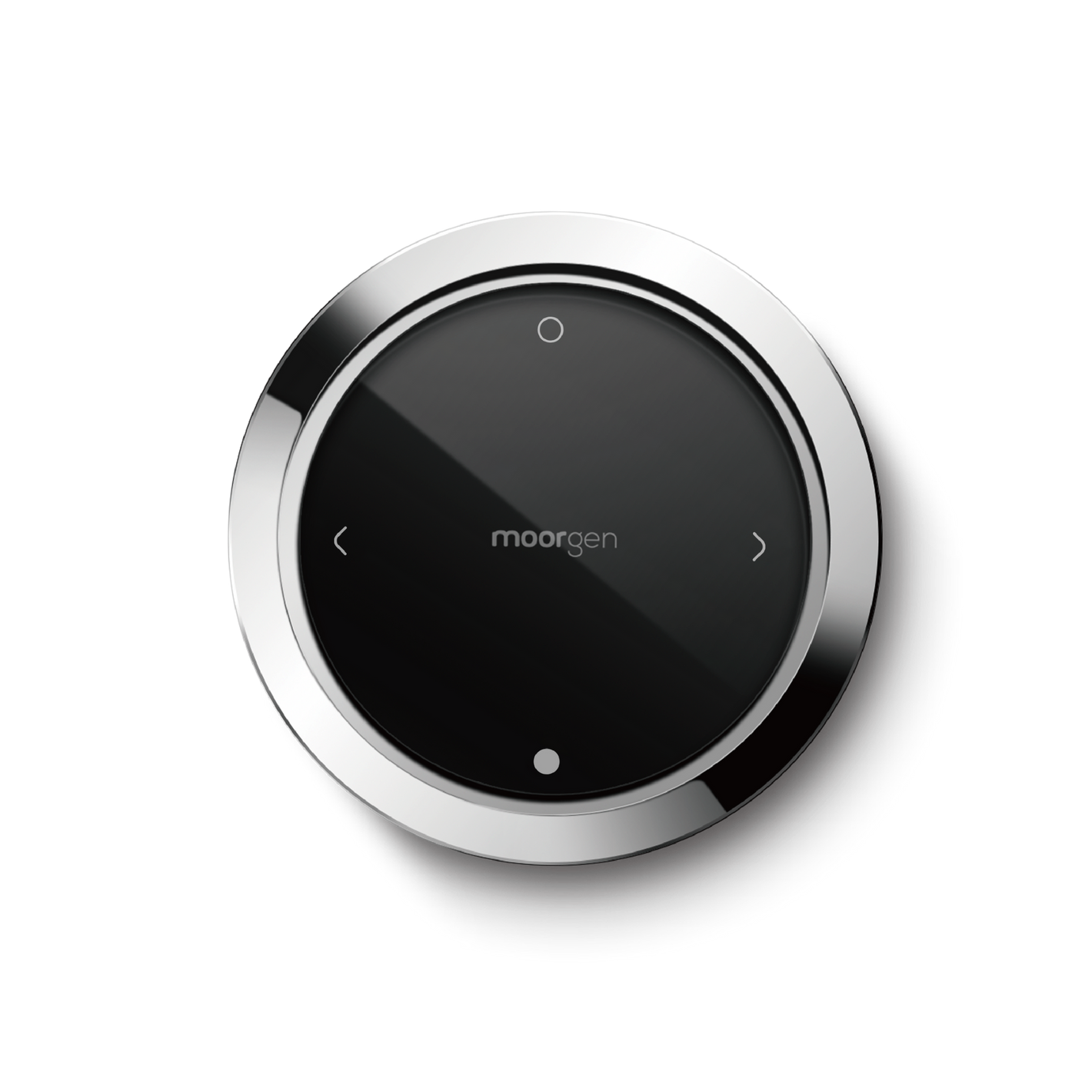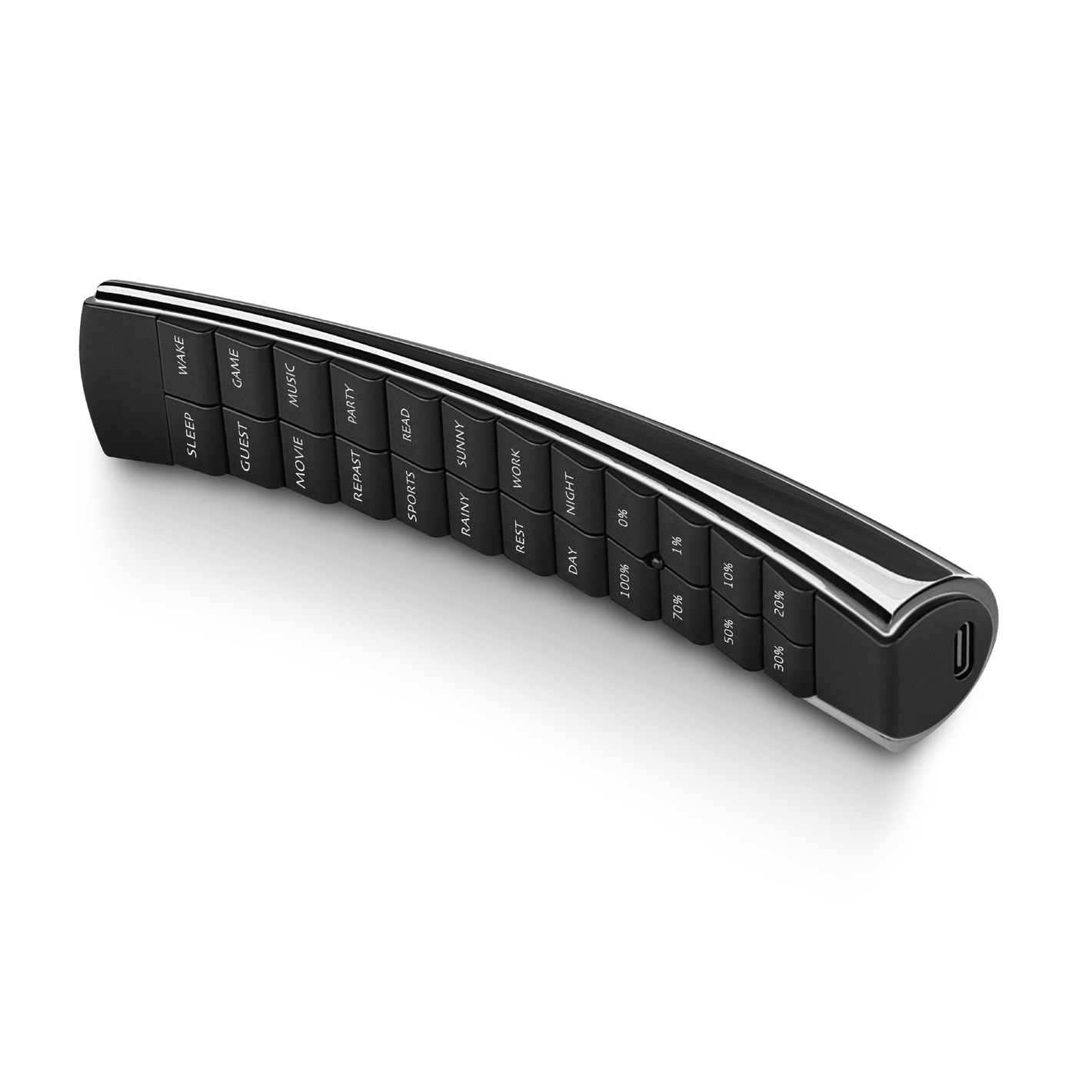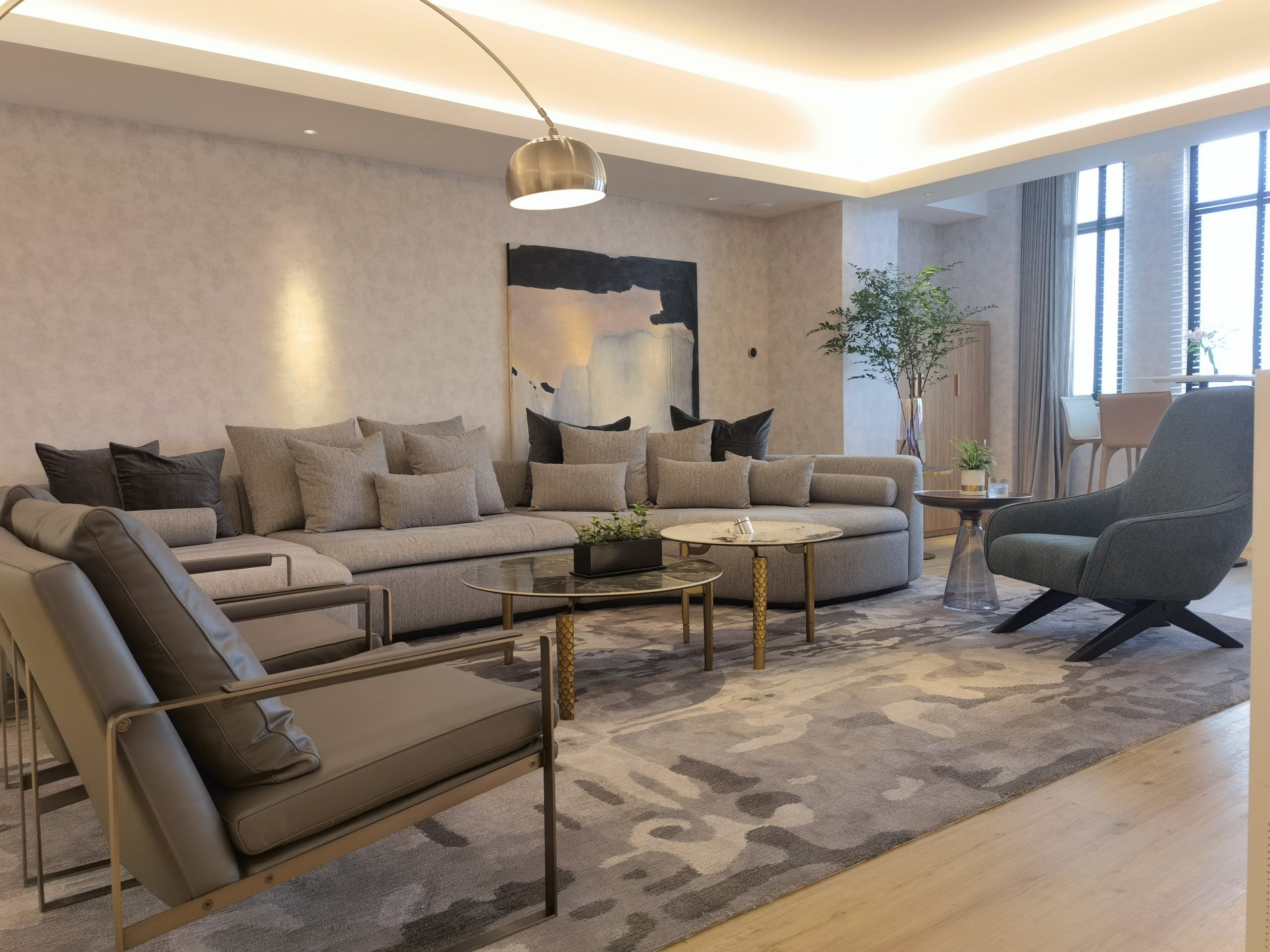Why "True Smart Homes" Shouldn't Rely Solely on Mobile App Control?
When we think about smart homes, many of us envision the convenience of controlling all our home's lights and appliances with a mobile app, which feels futuristic and practical. However, have you ever considered that relying solely on a mobile app for smart home control might have more downsides than benefits? This article from Moorgen will discuss why, in the context of genuine, experience-driven smart homes, mobile app control alone falls short.
Mobile App-Dominated Smart Home Systems
From a technology experience perspective, using a mobile app to control all the lights and appliances in your home is undoubtedly convenient and gives you a strong sense of tech-savviness. Moreover, marketing campaigns often highlight the ability to control appliances and lighting remotely when you're not at home. For instance, during hot summer days, you can pre-cool your home remotely, ensuring a comfortable indoor temperature by the time you return. Sounds convenient, right?
Typically, mobile app-based smart home systems fall into two categories. One relies on major tech companies' smart voice assistants, such as Amazon Alexa, Google Nest, and Apple HomePod. The other category comprises systems with a single box, lacking a central smart home hub, connecting different compatible devices and bulbs via Wi-Fi and a mobile app for control.
Drawbacks of Solely Mobile App-Controlled Smart Homes
But have you considered what happens when your smartphone runs out of battery, malfunctions, or loses its internet connection? Can your smart devices still be controlled seamlessly in your home? Systems that rely solely on a mobile app are extremely dependent on the user's smartphone. If something goes wrong with the user's phone, it can disrupt the entire home operation. This is what's known as a "Single Point of Failure."
If your smartphone simply runs out of battery, it might not be a significant issue—just charge it for a while, and you're back in control. If your smartphone breaks, you can purchase a new one and restore your system from a backup if available. However, what if you don't have a backup? It may require reconfiguring the entire system. And if your smartphone loses its internet connection or experiences poor connectivity, wouldn't that render your smart home settings useless?
While the convenience of mobile app control allows you to manage your devices from outside your home, how often do you find yourself needing to control your devices remotely? Furthermore, attempting to connect to your home's smart central controller remotely is often not instantaneous; it may involve logging in again, system updates, or waiting several seconds, even minutes, before gaining access. Even when at home, control actions aren't always instantaneous. You often need to wait for a few seconds as the system confirms the execution of your command, significantly impacting the user experience.
Mobile Apps Are Supplementary; Smart Home Focuses on User Experience
The point here isn't to discredit the use of mobile apps in smart homes but rather to emphasize that they shouldn't be the sole control channel. In smart homes, the focus should be on "home," not just the "smart" aspect. A home should be a comfortable place where you can unwind. If your smart home system brings more hassle than convenience, does it truly fulfill the dream of a smart home?
A genuine smart home doesn't eliminate the need for physical control devices. While major tech companies' smart voice assistants offer physical control options, their primary functions are often centered around speakers or voice commands. Is voice control truly the most intuitive way to manage lighting and appliances? Smart home control should be intuitive, utilizing familiar hand gestures like buttons, touchscreen interfaces, rotary knobs, or waving motions. For example, Moorgen offers a range of smart panels, including the "Landmark Series" designed by Zaha Hadid Design and the "Supercar Series" by interior design master Liang Zhitian. These panels feature tactile buttons with subtle feedback. Additionally, there are touchscreen Swedish series panels and rotary-knob-controlled "Milan Series" panels. Apart from intuitive control, these panels are designed to complement different interior design styles.
Moorgen's smart home system includes not only built-in smart panels but also smart remotes and dimmable smart remote controls with rotary knobs that can be placed anywhere in your home. When needed, Moorgen's award-winning mobile app allows you to control your entire smart home system remotely. With Moorgen, you can effortlessly control your lights and appliances from anywhere in your home or while on the go.
If you want to experience a genuine smart home, you can visit Moorgen's showroom for a free tour or reach out to Moorgen via WhatsApp for personalized advice on the ideal smart home solution for your residence.
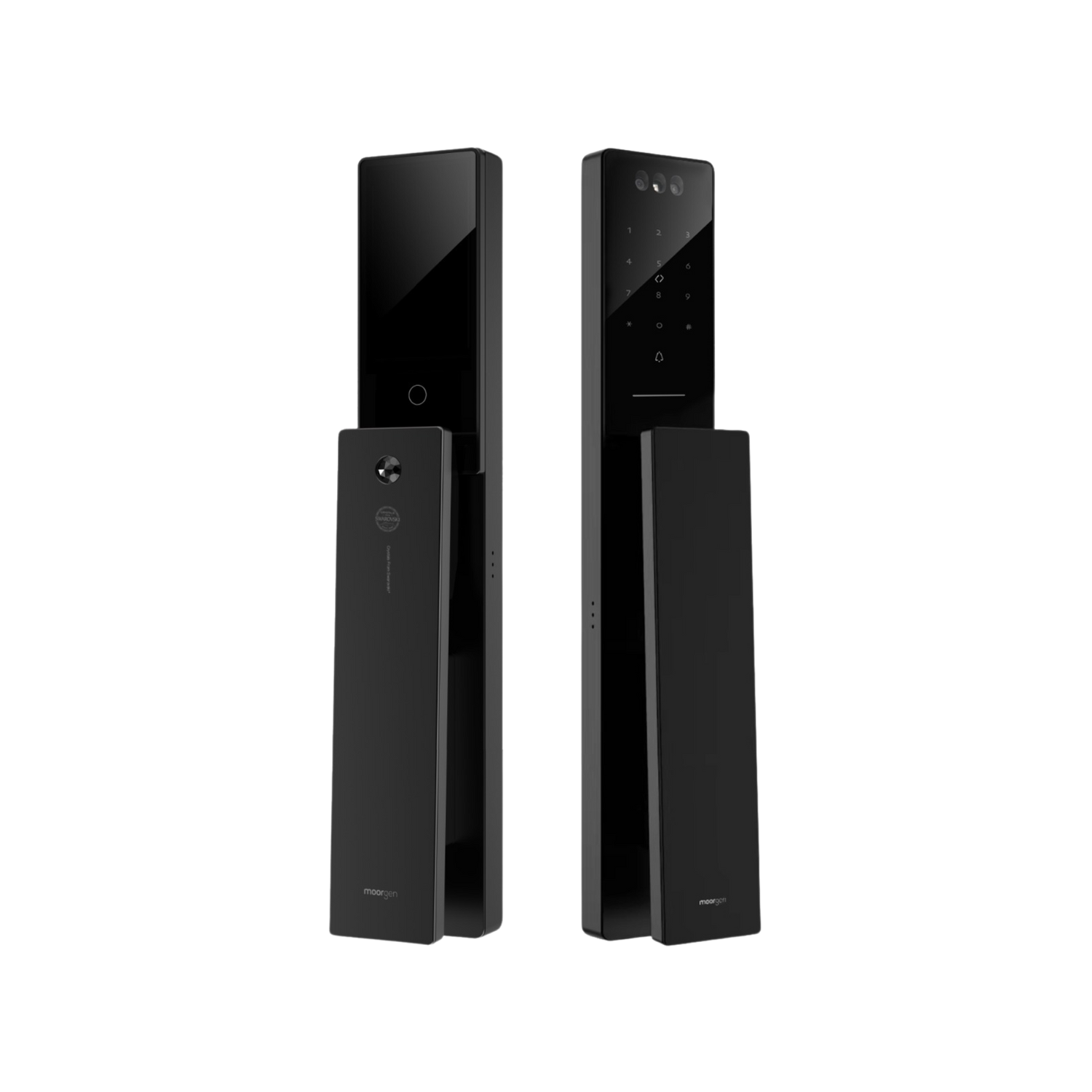


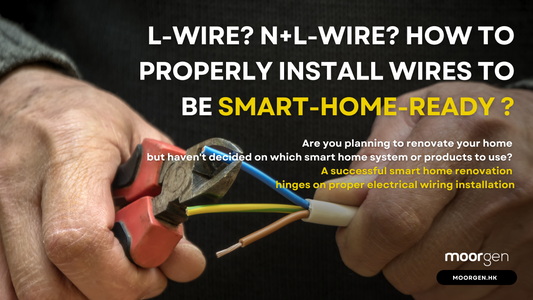



![[Smart Living] How to Choose a Smart Power Strip? Swift Transform Your Home into a Smart Home!](http://moorgen.hk/cdn/shop/articles/blog_cover_moorgen_how_to_choose_smart_power_strip.png?v=1728137093&width=533)
![[Smart Living] How to Choose LED Bulbs? Which Ones Are the Most Energy-Efficient?](http://moorgen.hk/cdn/shop/articles/blog_cover_moorgen_how_to_choose_led_bulbs.png?v=1728136975&width=533)
![[Smart Living] How to Choose an Instant Hot Water Dispenser and Use It Efficiently?](http://moorgen.hk/cdn/shop/articles/blog_cover_moorgen_how_to_choose_instant_hot_water_dispenser.png?v=1728136837&width=533)
![[Smart Living] 5 Energy-Saving Tips for Electric Kettles](http://moorgen.hk/cdn/shop/articles/blog_cover_moorgen_energy_saving_tips_electric_kettles.png?v=1728136710&width=533)
